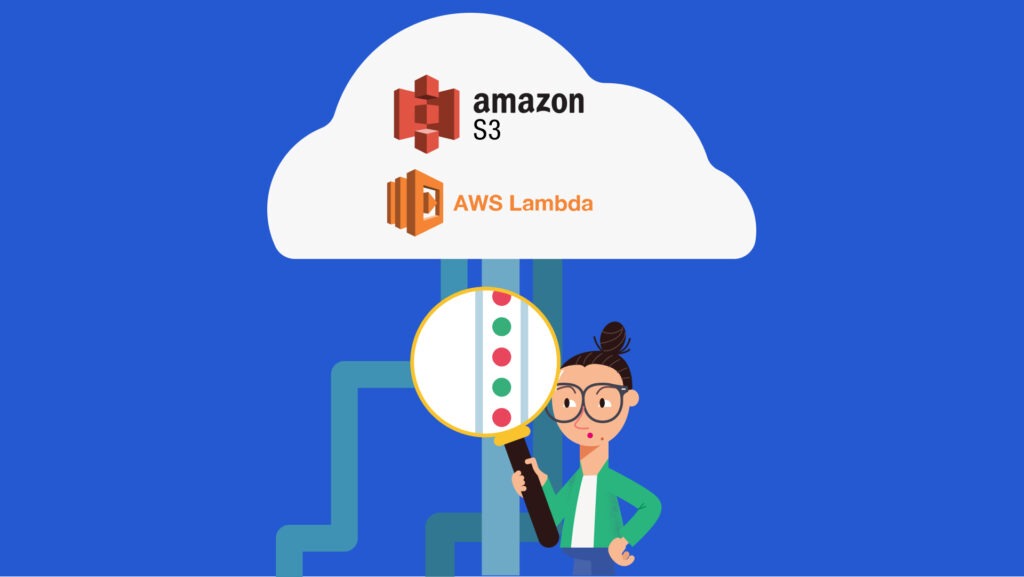
Effective data processing is essential for businesses to get insights and make wise decisions in the big data era. Here, we examine how to easily combine AWS Lambda, a serverless compute service, with Amazon S3, a scalable storage solution, to process data effectively and economically. It does this by utilising the potential of serverless computing.
AWS lambda
You can execute code with AWS Lambda without having to provision or manage servers. Lambda runs and grows your code with high availability after you submit it. It’s event-driven, so you may start your functions with custom AWS events, DynamoDB table updates, Amazon S3 bucket data changes, API Gateway HTTP requests, or other events.
Amazon S3
Amazon Web Services (AWS) provides a scalable object storage solution known as Amazon Simple Storage Service (Amazon S3).It is perfect for a variety of use cases since it can store and retrieve any volume of data from any location on the internet.
Why Combine AWS Lambda with Amazon S3?
Conventional data processing methods frequently need complicated infrastructure management, which can be expensive and difficult to expand. Organisations can create serverless architecture-where computational resources are provisioned on-demand and automatically scaled-by integrating Amazon S3 with AWS Lambda. This reduces operational overhead and improves agility.
Handling Big Data Sets and Parallel Processing
One of the most frequent problems in data engineering is processing enormous data sets in an efficient manner. We can use the methods for maximising Lambda function performance to manage massive data sets. Such as employing AWS services like Amazon SQS or Amazon SNS for workload distribution and parallel processing approaches.
Error Handling and Retries
It’s important to put strong error handling procedures in place because mistakes can happen to any system. Best practices for managing exceptions in Lambda functions, setting up retries for fault tolerance, and using AWS services like dead-letter queues to record and examine unsuccessful events will all be covered.
Monitoring and Logging
To ensure dependability and maximise resource use, you must keep an eye on the effectiveness of your data processing operations. We’ll walk you through configuring alarms and notifications using Amazon CloudWatch, enabling logging in Lambda functions, and using metrics to monitor performance and fix problems.
Cost considerations and optimisation advice
Although serverless computing might save costs, it’s important to make the most use of your resources to prevent unforeseen expenses. We’ll offer money-saving advice on how to take advantage of AWS Free Tier, pick the ideal Lambda memory allotment, and use Amazon S3’s affordable storage options.
In conclusion, enterprises may create scalable, economical, and resilient data processing pipelines by integrating Amazon S3 with AWS Lambda. You may improve your data processing workflows, extract insightful information from your data, and stimulate creativity by implementing the advice in this article.
Our Support Team is here to help you with Integrating Amazon S3 with AWS Lambda if you encounter any issues or errors.

